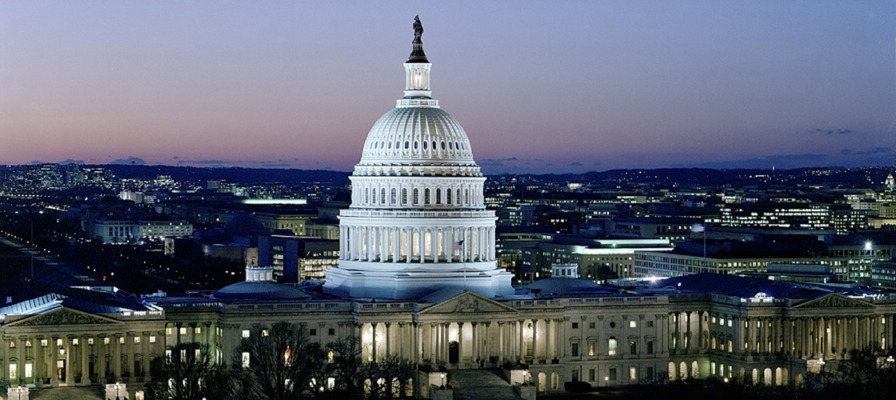The Coronavirus Aid, Relief, and Economic Security (CARES) Act was signed into law on Friday March 27, 2020. The new law brings with it several elements of relief for businesses, employees and families in an effort to maintain livelihoods throughout the crisis and after. The expected cost of the bill is nearly $2 tr¡ll¡on and includes nearly $500 billion for in economic distress relief for companies. There are many provisions dedicated to taxpayers and businesses. The CARE Act includes provisions related to taxes, unemployment, small business loans, and a large business lending program.
Paycheck Protection Program (PPP)
The CARES Act expands the ability to obtain loans under Section 7(a) of the Small Business Act through a new $349 billion Paycheck Protection Program. Under the program, small businesses, other business concerns, nonprofits and veterans organizations that generally have fewer than 500 employees; self-employed; sole proprietors; independent contractors; and businesses in the accommodation and food services sector with fewer than 500 employees per location, are eligible for small business loans to cover payroll; health care costs; mortgage interest payments, rent and utility payments; and interest on pre-existing debt obligations.
- The program also permits borrowers to refinance economic injury disaster loans made between January 31, 2020, and the date on which loans are made available under the program.
- The amount of the loan cannot exceed the sum of 2.5 times the average monthly payroll cost during the year prior to the loan and the amount of economic injury disaster loans being refinanced under the program
- It must be capped at $10 million and have a maximum interest rate of 4%.
- Loans are available to eligible borrowers under the program through June 30, 2020, fees are waived, payments are deferred by at least six months (but not more than one year)
- SBA’s “credit elsewhere” test (the ability to obtain funding from other sources without undue hardship) is waived.
Loans under the program are fully guaranteed by the federal government, which is an increase to the existing guarantee percentages under the current SBA loan program. Collateral and personal guarantees are not required. To be eligible, a borrower must be in operation on February 15, 2020, and have paid employee salaries and payroll taxes.
Loans under the program are eligible for forgiveness up to the aggregate amount of payroll payments, interest payments on mortgage obligations, rent payments and utility payments made during the eight-week period following loan origination as long as the amount does not exceed the original principal. The amount forgiven is lowered by reductions in full-time employment and in situations where total salaries and wages fall by more than 25% from the applicable prior period, but this can be mitigated by rehiring employees. Amounts not forgiven continue to be guaranteed and will have a maximum maturity date of 10 years from the date the borrower applied for loan forgiveness.
Recent Posts
The U.S. Department of Labor Announces Proposed Rule To Protect Indoor, Outdoor Workers From Extreme Heat
The U.S. Department of Labor has proposed a new rule aimed at protecting workers from extreme heat hazards. This initiative seeks to safeguard approximately 36 [...]
Supreme Court Overturns Chevron Deference: What It Means for Workplace Safety and Regulation
The landscape of federal regulation is set for a seismic shift following a recent Supreme Court decision. On June 28, in Loper Bright Enterprises, et [...]
Navigating the Compliance Maze: How NARFA Simplifies Employee Benefits for Automotive and Trade Industries
In today's complex regulatory environment, businesses in the automotive, roads, fuel, and related industries face unprecedented challenges in managing employee benefits. Recent studies show that [...]




